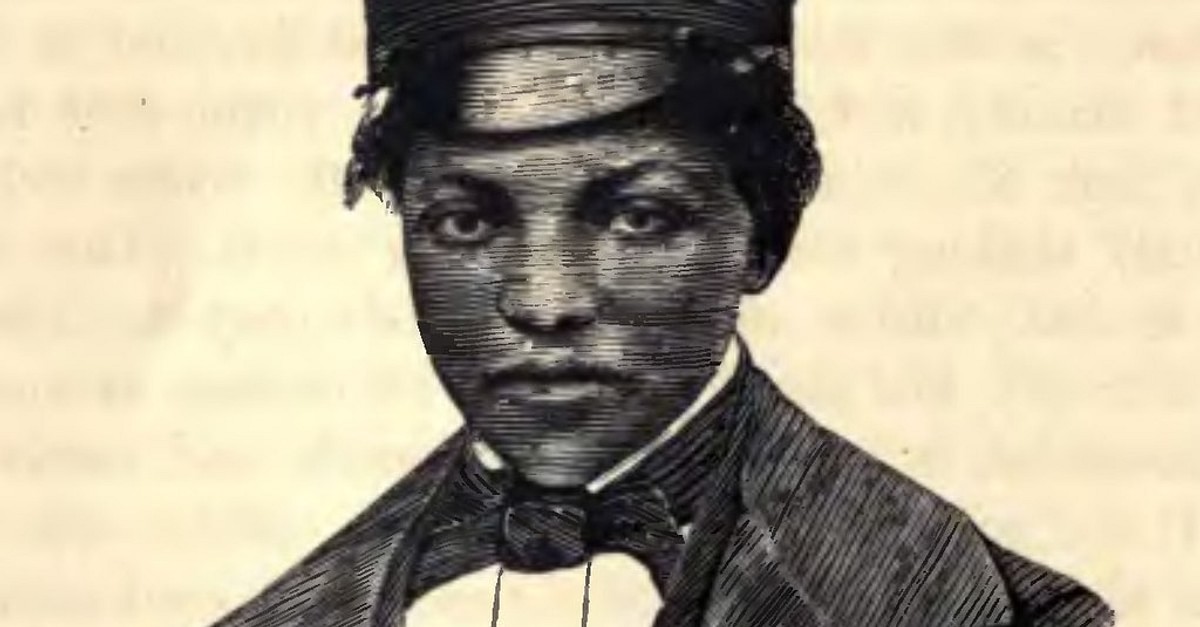
"Anna Maria Weemsâs escape via alias and disguise underscores the desperate lengths enslaved individuals went to secure their freedom, navigating a perilous landscape shaped by oppressive laws."
"The Fugitive Slave Act of 1850 posed significant dangers to freedom seekers like Weems, compelling those aware of their whereabouts to assist in their capture."
"Weemsâ travel route through key cities and ultimately to Canada signifies a broader network of support provided by the Underground Railroad, exemplified by figures like William Still."
Anna Maria Weems, an enslaved African American woman from Maryland, cleverly escaped slavery in 1855 by disguising herself as a young Black carriage driver and using the Underground Railroad. Traveling under aliases, she journeyed through Philadelphia, New York, and crossed into Canada via Niagara Falls, where she settled with her family. Her story, while lesser-known than others like Ellen Craft's, highlights the resilience and ingenuity of those seeking freedom amidst oppressive laws like the Fugitive Slave Act of 1850, which complicated the lives of escaped slaves. Weems's life reflects a broader narrative of survival and hope in the face of systemic racism.
Read at World History Encyclopedia
Unable to calculate read time
Collection
[
|
...
]